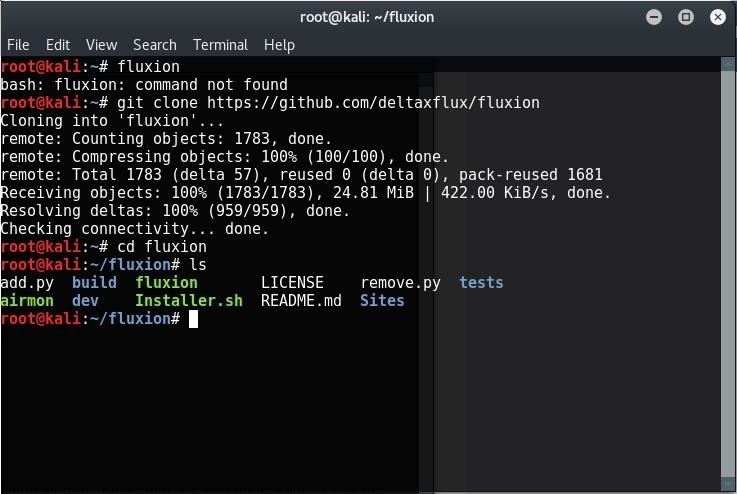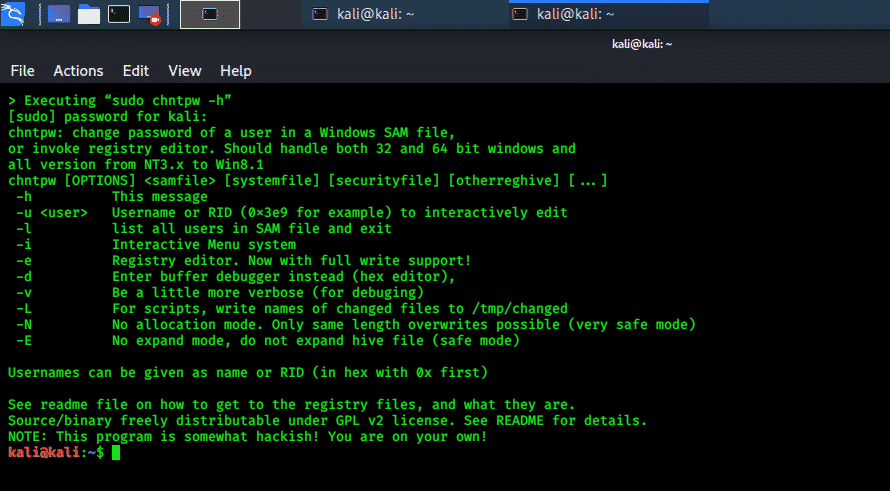

- USING KALI TO BRUTE FORCE ENCRYPTSTICK HOW TO
- USING KALI TO BRUTE FORCE ENCRYPTSTICK PASSWORD
- USING KALI TO BRUTE FORCE ENCRYPTSTICK FREE
- USING KALI TO BRUTE FORCE ENCRYPTSTICK CRACK
In order to get the password by means of a brute force attack, we need a wordlist and our handshake file.

Now everything is done it’s time to brute force the password. Cracking password from the captured handshake file. Enter the following command to stop monitoring the Wi-Fi interface. Now, we have successfully captured our handshake file and it’s time to get our Wi-Fi interface back to its defaults.

Now our handshake file is successfully captured. Now, our handshake file is captured successfully which can be confirmed with the “ ls” command. Here, 09:98:98:98:98:98 is the bssid of the network, 100 is the number of de authenticate frames to be sent and wlan0mon is the network interface that is being monitored. Enter the following command to de authenticate the client in the new terminal window. Now, we have to de authenticate the client against the AP in case they’re already authenticated. Note: Do not quit the command being executed in the terminal till the 6th step. Here, 09:98:98:98:98:98 is the bssid of the network copied from the above step, -c 1 is the channel number, psk is the file in which the captured traffic would be written and wlan0mon is the network interface that is being monitored. Now, we have to attack a specific network, so in order to do that, we will capture the traffic on that network and will start the capturing of the 4-way handshake. Capture required data from the specific network Replace wlan0mon with the wireless interface which you want to use.Ĥ. Note: Copy the bssid of the desired network. Enter the following command to display the captured information. Now as we are monitoring our wireless network interface, it’s time to capture the traffic. Replace wlan0 with your desired wifi network and 1 with the desired channel number. airmon-ng command is used for the purpose. The next step is to monitor the wireless network interface, so that we may see all the traffic that passes through the interface. AWK command in Unix/Linux with examples.Sed Command in Linux/Unix with examples.groupadd command in Linux with examples.Linux Virtualization : Linux Containers (lxc).Linux Virtualization : Resource throttling using cgroups.

USING KALI TO BRUTE FORCE ENCRYPTSTICK HOW TO
USING KALI TO BRUTE FORCE ENCRYPTSTICK CRACK
Step 4– >use auxiliary/scanner/mysql/mysql_login (to crack some valid credentials of the MYSQL. Step 3– Execute Metasploit framework by typing msfconsole on the Kali prompt. It will determine if the MYSQL database is running on victim’s machine.It shows that MYSQL is running on the target and the port is open. Step 2– The major step of reconnaissance is scanning the target. If this option is not present, arp-scan will search the system interface list for the lowest numbered, configured up interface ) The network interface to use can be specified with the –interface option. Step 1– #arp-scan -lo (arp-scan sends ARP packets to hosts on the local network and displays any responses that are received. Lastly getting knowledge of the schema of database is vital to perform SQL injection attack. Moreover, weak credentials of low secure databases can help to use credential reusability or brute-forcing credentials to compromise highly secured database. If the version of database is outdated, it can be easily attacked through finding a suitable exploit. Whether the information is about the version of database or the structure of database can render more juicy information to plan a strategy. Any information related to database is advantageous to an attacker when it comes to generate an attack.
USING KALI TO BRUTE FORCE ENCRYPTSTICK FREE
The friendliness, starting with the cost – free unless embedded in another productĮxploi ting database is a key target for cyber criminals due to a valuable information storage and a number of loopholes including deployment failures, broken databases, data leak, stolen database backup, lack of segregation, SQL injections and database inconsistencies. One of the largest differences is the user friendliness that pervades MySQL. MySQL is not the only free database management system it also is not the only open source database management system.


 0 kommentar(er)
0 kommentar(er)
